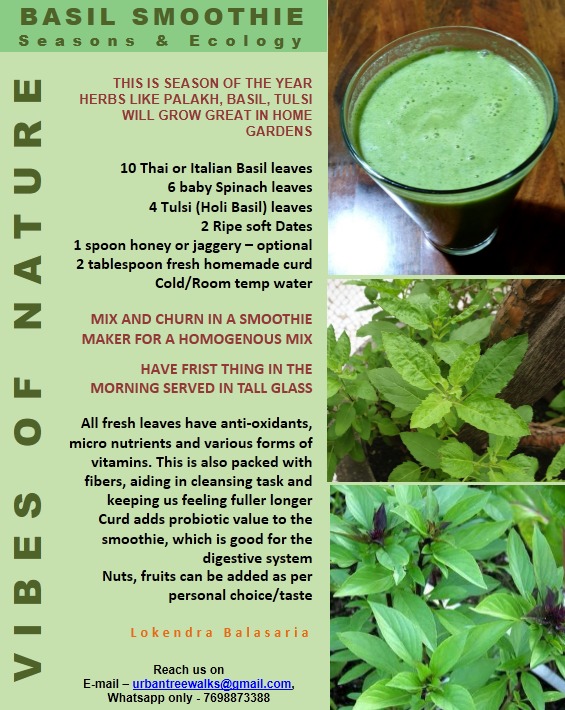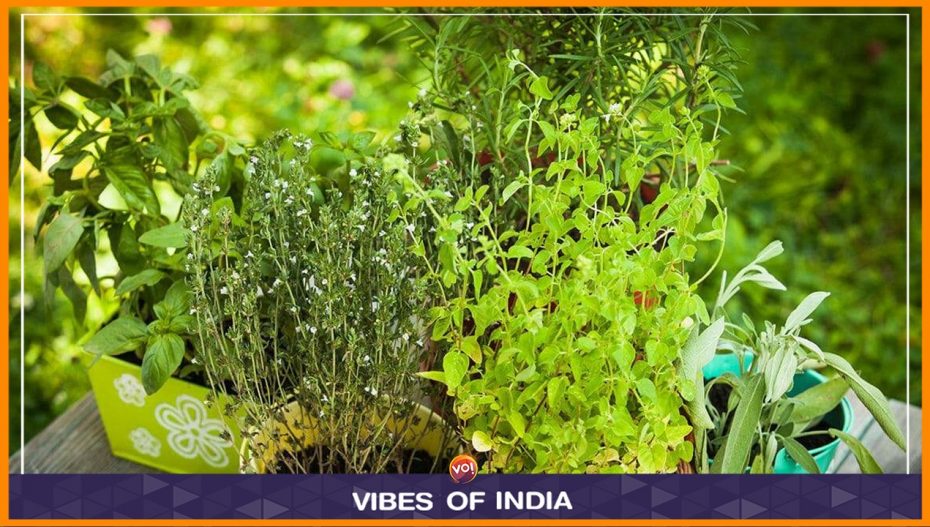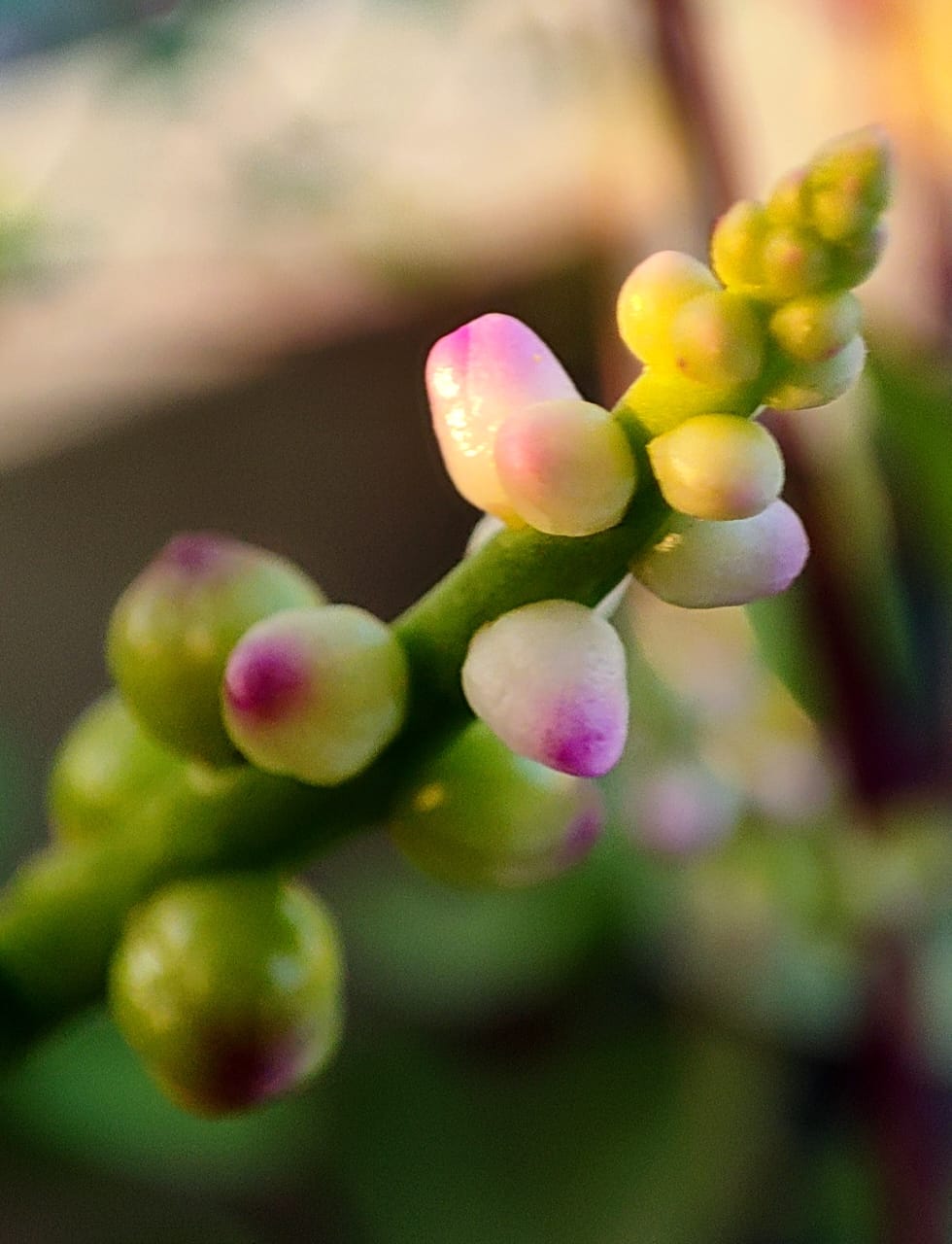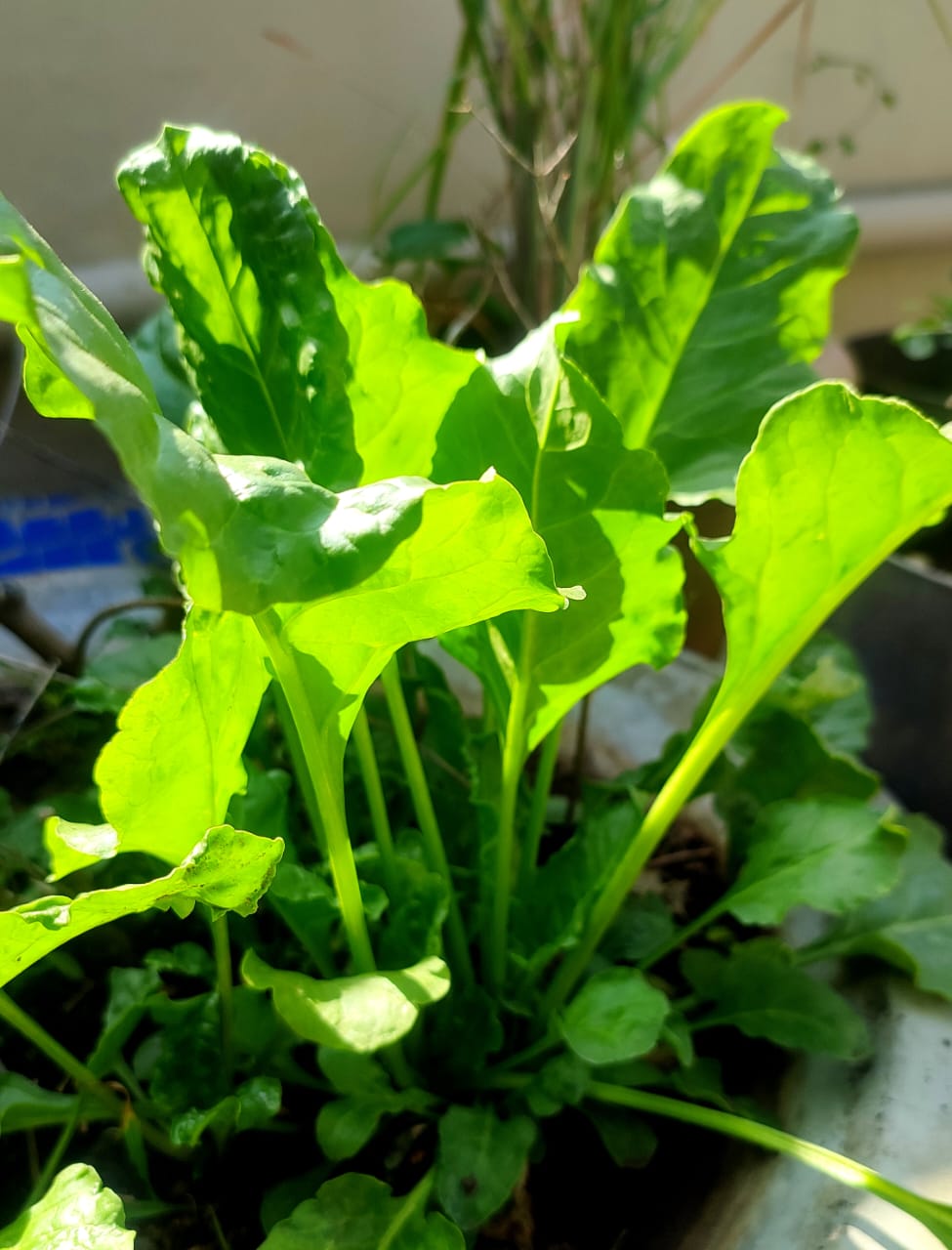A good hack is adored by all. Now that we’re all trying to eat healthier, cleaner, and more plant-based, there’s no shortage of home-grown hacks for squeezing the most nutrition out of every morsel. Each season has its own beautiful expressions of weather change, and plants probably present the best canvas. Winter is really beginning now with the temperature dropping.
With the drop in temperature, POI has started sprouting seeds. These seeds captivate me because of their exquisite shape and color, which shifts over the next few weeks until they dry into tiny black balls ready to be sown for growing new saplings. They will be filled with edible purple pulp in a few days, which can be used as a food coloring in the preparation of flavored milk and other food items.
It will be filled with edible purple pulp in a few days, which can be used as food coloring in the preparation of flavored milk and other food items. Children would also use these seeds to mischievously color each other around the holy festivals.
This is a fantastic edible semi-shade creeper to grow in every home, thanks to its extremely nutritive edible leaves rich in micronutrients and ease of cultivation. It grows well in any 12-inch or bigger pot, even by a sunny window in an apartment.
Many other winter herbs grow well at this time and are easy to grow in any container with a 4-inch depth of soil. Palakh, Dhania, Methi, green garlic, Spring Onions, and Lettuce can be planted on a sunny balcony or window getting at least 4 hours of direct sunlight. Those having larger pots on a sunny balcony or on the terrace should plant palak, brinjal, tomatoes, cabbage, cauliflower, beet, muli, etc.

This is a great season to make healthy smoothies at home with homegrown herbs, shared a small recipe for building up your health.

Also Read: Nature’s Vibes: How About Gifting Your Loved Ones A Lemon Grass Sapling?














